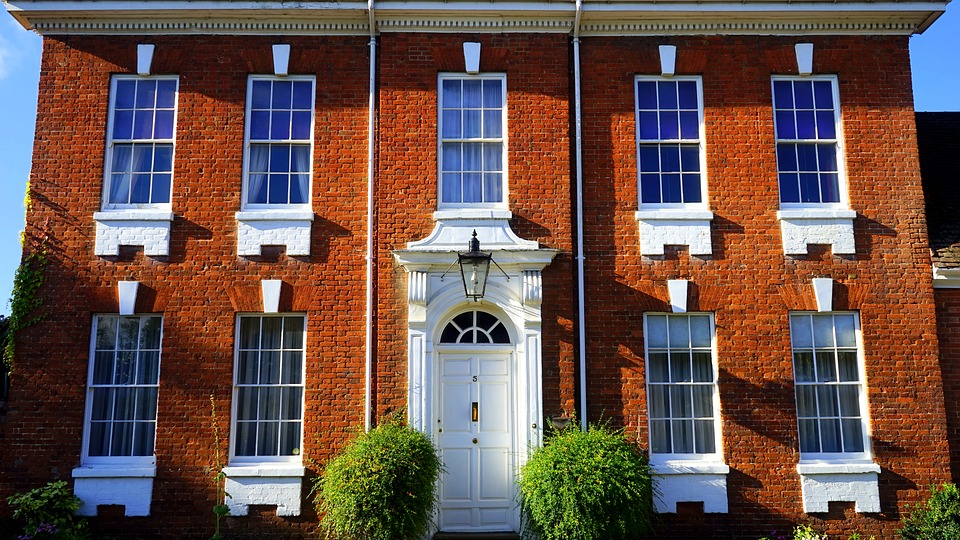House prices continued to defy gravity and surged upwards in March, with Halifax’s latest house price index showing a 1.4% rise – the biggest monthly increase for six months.
Year on year house prices are now rising at 11 per cent, the highest level seen since mid 2007, shortly before the financial crash.
These latest gains helped push the average property price to a new record high of £282,753.
Contact us today to speak with a specialist Commercial Finance Broker to discuss how we can assist you.
Halifax points out that the average property has increased in value by £28,113 in the space of a year, which is on par with the average UK earnings over the same period – at £28,860.
Regional figures show that the South West is the region enjoying the strongest growth, with annual house price inflation of 14.6%.The average house price is now £298,162, a record for the region.
This is the first time since January 2021 that Wales has not recorded the UK’s highest annual growth, house price inflation remains extremely strong, at 14.1%.
Elsewhere, property prices in Northern Ireland also continue to be on the rise, with annual growth now at 13%, and an average price of £177,265.
The South East also saw a big increase in house prices, with annual growth now at 11.6%, and an average price of £385,790. Prices in the region have now risen by £40,177 over the last year, the first time any English region outside of London has ever posted a £40,000-plus rise over just 12 months.
London itself continued its recent upward trend, with prices now up by 5.9% year-on-year, with an average price of £534,977.
Meanwhile house prices also edged up again in Scotland – reaching a new record of £194,621. However the rate of annual growth continues to slow somewhat, falling to 8.2% from 9.3% last month.
Halifax’s data shows the effect of the coronavirus pandemic on the housing market. The average house price has risen by 18.2% in the two years since the first national lockdown.
However, the impact of the pandemic on buyer demand can be seen most clearly when looking at different property types, with a premium now put on those properties offering greater space – both indoors and out. Over this two year period, prices for flats have increased by 10.6% whereas the average detached property has increased by 21.3%.
Read about the UK Housing Market via our Specialist Residential & Buy to Let Division
Halifax managing director Russell Galley says: “The story behind such strong house price inflation remains unchanged: limited supply and strong demand, despite the prospect of increasing pressure on households’ finances. Although there is some recent evidence of more homes coming onto the market, the fundamental issue remains that too many buyers are chasing too few properties.”
Galley adds that thee market conditions were creating challenges for first-time buyers and homemovers who face ever bigger leaps to move up the rungs to a larger property.
He says that the housing market though remains linked to the health of the wider economy. “Buyers are therefore dealing with the prospect of higher interest rates and a higher cost of living. With affordability metrics already extremely stretched, these factors should lead to a slowdown in house price inflation over the next year.”
Commenting on this latest data SPF Private Clients chief executive Mark says: “Halifax reports yet another uplift in property prices as demand continues to outstrip supply. Lenders are still keen to lend and have plenty of cash available to do so, enabling borrowers who may be sitting on considerable savings accrued during lockdown to stretch themselves to afford a bigger property.
“There has been wide speculation that higher fixed costs such as the hike in national insurance contributions and increase in general cost of living will impact affordability calculations when it comes to getting a mortgage. If costs are going up, it stands to reason that this will impact borrowers as there is less money available to service the mortgage.
“But for now, borrowers are taking advantage of low mortgage rates with some lenders, such as Halifax and Scottish Widows, increasing loan-to-income multiples from 4.49 to 4.75 per cent for higher earners.’
North London estate agent and former RICS residential chairman Jeremy Leaf adds: “These numbers are very strong but mostly reflect activity of the past few months.
“Since then we’ve noticed, on the ground, how rising interest rates, inflation and energy costs in particular, exacerbated by the war in Ukraine, have taken their toll.
“There is still plenty of market resilience and demand for correctly-priced houses and flats but increasingly stretched affordability is inevitably putting a break on price growth and transaction numbers.”
Sarah Coles, senior personal finance analyst, Hargreaves Lansdown: “Your home made almost as much money as you did last year. But while homeowners might feel better off on paper, for anyone trying to get onto the ladder, or move up it, this is pushing properties even further out of reach. And right now may not be a sensible time to stretch yourself.”
Source: Mortgage Finance Gazette
Discover our Commercial Mortgage Broker services.










